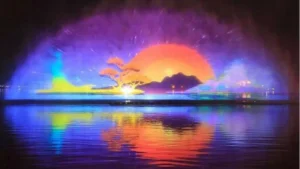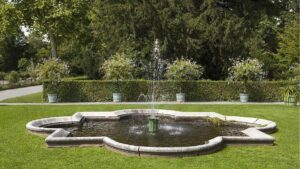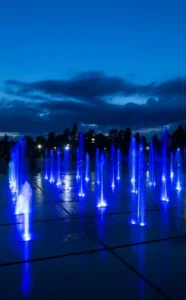- Product Knowledge
Sustainability and Water Waste in Water Features: Creating Eco-Friendly Displays
Water features, including fountains, water shows, reflecting pools, and water gardens, add beauty and tranquility to public spaces, gardens, and commercial areas. However, these displays can also consume significant amounts of water and energy, raising concerns about sustainability and water waste. This article explores the environmental impact of water features, sustainable practices, innovative technologies, and the balance between aesthetics and eco-friendliness.
Importance of Sustainability in Water Management
Sustainability in water management is crucial for conserving resources and protecting the environment. With increasing water scarcity in many regions, it is essential to implement practices that reduce water waste and promote efficient use of water. Sustainable water management in water features not only benefits the environment but also provides economic advantages through reduced water and energy costs.
How Water Features Impact Water Usage
Water features can significantly impact water usage, especially if they are large or operate continuously. Understanding their environmental footprint is the first step towards making them more sustainable. Factors such as evaporation, leaks, and inefficient pump systems contribute to water waste, making it essential to adopt eco-friendly practices.
Types of Water Features
There are various types of water features, each with unique characteristics and water usage patterns.
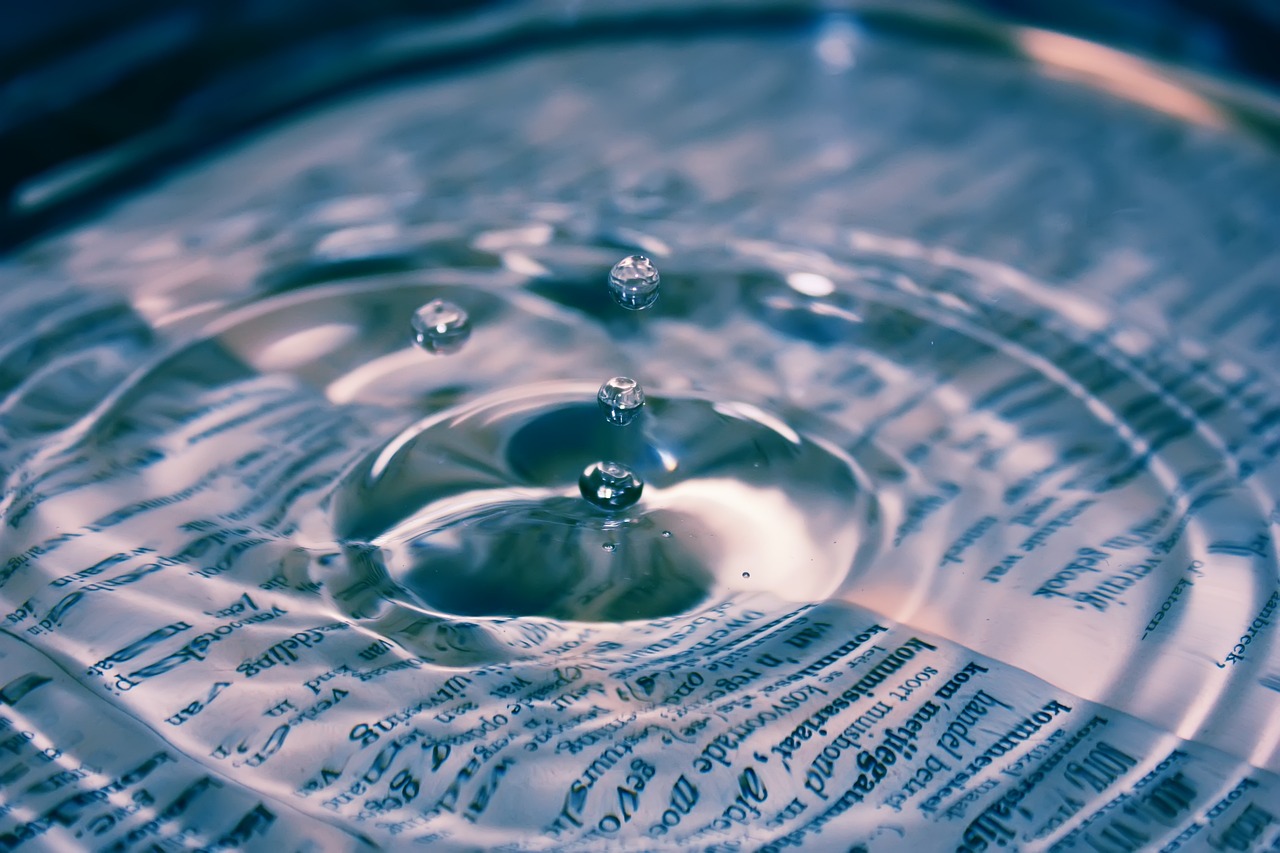
Fountains
Fountains are common in public spaces and private gardens, providing a focal point with their dynamic water movement. They range from simple, small installations to elaborate, large-scale displays.
Water Shows
Water shows, often seen in amusement parks, resorts, and public squares, combine water, light, and music to create spectacular performances. These shows typically use large volumes of water and require sophisticated technology.
Reflecting Pools
Reflecting pools are shallow pools of water that reflect the surrounding environment. They are often used in architectural settings to enhance the beauty of buildings and landscapes.
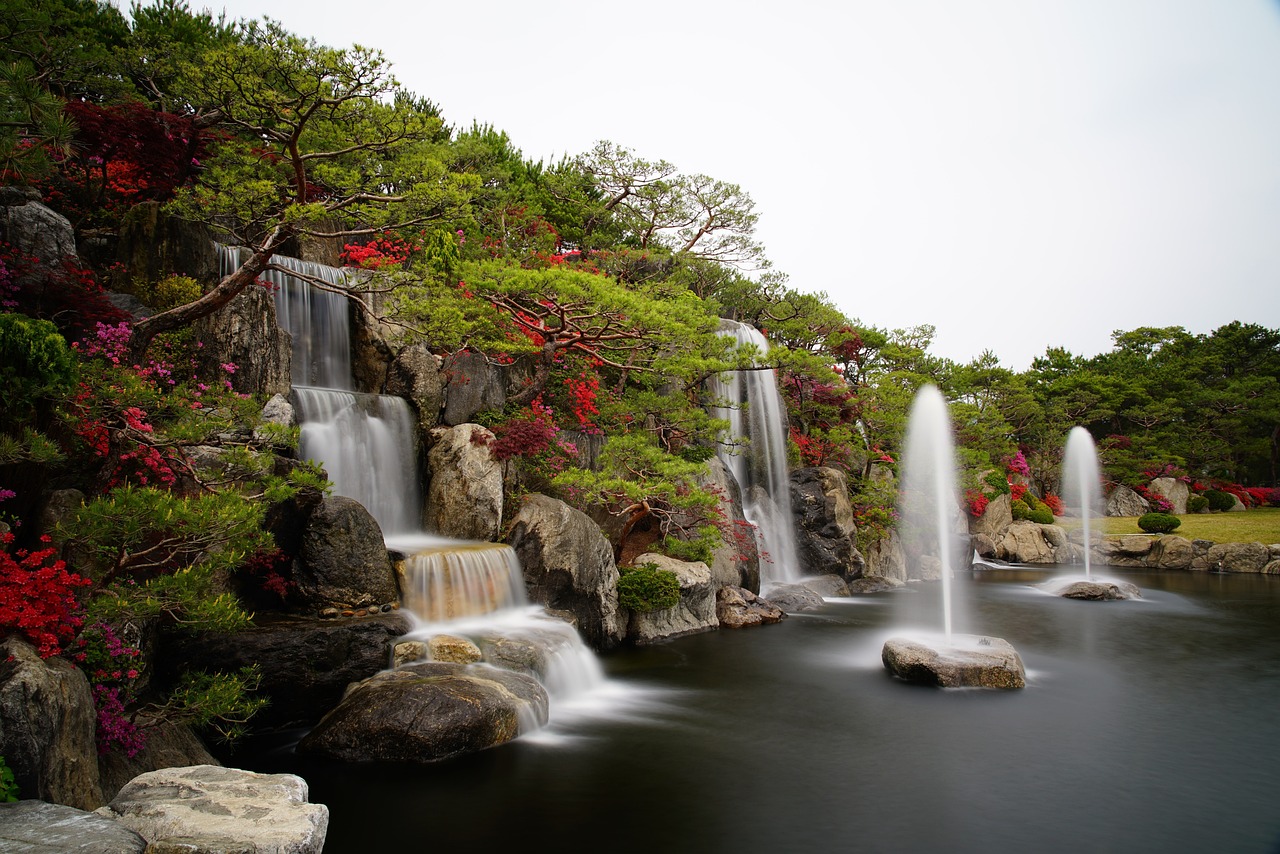
Water Gardens
Water gardens incorporate aquatic plants and sometimes fish, creating a naturalistic environment. They can be designed to use minimal water through sustainable practices.
Environmental Impact of Water Features
The environmental impact of water features includes water consumption, energy usage, and the potential for chemical pollution.
Water Consumption
Water features can consume large amounts of water, primarily due to evaporation and leaks. Efficient design and maintenance are essential to minimize water loss.
Energy Usage
Pumps and filtration systems used in water features consume energy. Using energy-efficient technologies and renewable energy sources can reduce the carbon footprint of these installations.
Chemical Use and Water Quality
Maintaining water quality in fountains and water shows often involves chemicals that can harm the environment. Using natural filtration methods and reducing chemical dependency are key to sustainability.
Sustainable Practices for Water Features
Implementing sustainable practices can significantly reduce the environmental impact of water features.
Water Recycling Systems
Water recycling systems capture and reuse water within the feature, reducing the need for fresh water. These systems are particularly effective in large installations and areas with water scarcity.
Efficient Pump Technologies
Modern pump technologies, such as variable speed pumps, use less energy and adjust flow rates based on demand. This efficiency reduces both water and energy consumption.
Use of Native Plants

Use of Native Plants
In water gardens, using native aquatic plants can reduce water consumption and maintenance needs. Native plants are adapted to local climates and require less water and care.
Innovative Water-Saving Technologies
Adopting innovative technologies can further enhance the sustainability of water features.
Smart Irrigation Systems
Smart irrigation systems use sensors and weather data to optimize water use in water gardens and landscapes. These systems ensure that water is only used when necessary, reducing waste.
Drip Irrigation for Water Gardens
Drip irrigation delivers water directly to the roots of plants, minimizing evaporation and runoff. This method is highly efficient for watering plants in water gardens.
Solar-Powered Pumps
Solar-powered pumps harness solar energy to operate water features, reducing reliance on traditional power sources. They are ideal for sunny locations and help lower energy costs.
Case Studies of Sustainable Water Features
Examining real-world examples can provide insights into effective sustainable practices.
Eco-friendly Fountains in Public Spaces
Several cities have implemented eco-friendly fountains that use recycled water and energy-efficient pumps. These installations demonstrate how public art can be both beautiful and sustainable.
Sustainable Water Shows
Innovative water shows incorporate water recycling and solar power to minimize their environmental impact. These shows prove that sustainability and spectacular performances can go hand in hand.
Water Gardens with Minimal Water Waste
Water gardens designed with native plants and efficient irrigation systems showcase how natural beauty can be achieved with minimal water waste.
Balancing Aesthetics and Sustainability
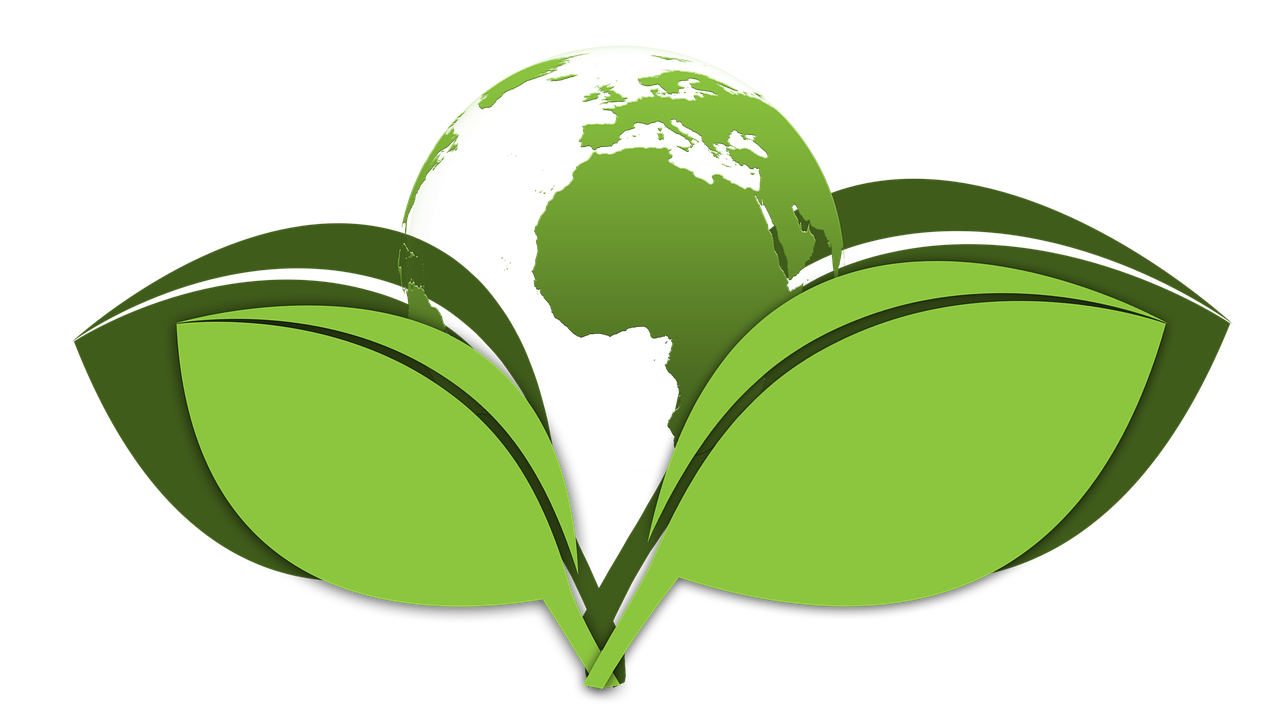
Creating beautiful water features without compromising sustainability involves thoughtful design and material choices.
Designing Eco-Friendly Water Features
Eco-friendly water features prioritize water and energy efficiency while maintaining visual appeal. Design elements such as recirculating systems, rainwater harvesting, and strategic placement of lights can enhance sustainability.
Choosing Materials and Plants
Selecting sustainable materials and native plants reduces the environmental impact of water features. Materials like recycled metal and eco-friendly composites are durable and less resource-intensive.
Integrating Technology
Incorporating smart technology, such as automated controls and solar power, can enhance the efficiency and sustainability of water features. These technologies make it easier to monitor and manage water and energy use.
Economic Benefits of Sustainable Water Features
Sustainable water features offer economic advantages in addition to environmental benefits.
Cost Savings from Reduced Water Usage
Efficient water use leads to lower water bills, especially in areas with high water costs. Reusing water and minimizing waste can result in significant savings over time.
Long-Term Maintenance Savings
Sustainable water features often require less maintenance and fewer chemicals, reducing long-term upkeep costs. Efficient pumps and smart systems also have longer lifespans, further decreasing expenses.
Enhancing Property Value
Eco-friendly water features can enhance the value of a property by adding aesthetic appeal and demonstrating a commitment to sustainability. This appeal can attract environmentally conscious buyers or tenants.
Challenges and Solutions
Despite the benefits, there are challenges to implementing sustainable water features.
Overcoming High Initial Costs
The initial cost of sustainable technologies can be high, but long-term savings often justify the investment. Incentives and rebates for energy-efficient systems can also help offset these costs.
Ensuring Consistent Water Quality
Maintaining water quality without relying on chemicals can be challenging. Natural filtration systems and regular maintenance are essential for keeping water clean and safe.
Addressing Public Perception
Educating the public about the benefits of sustainable water features can help overcome resistance to change. Highlighting successful examples and demonstrating cost savings can build support for eco-friendly practices.
Conclusion: The Future of Sustainable Water Features
The future of sustainable water features lies in innovative design and technology.
Trends in Sustainable Design
Trends such as integrating renewable energy, using recycled materials, and incorporating native plants are shaping the future of sustainable water features.
The Role of Technology
Advancements in smart technology, solar power, and water recycling systems are making it easier to create eco-friendly water features. These technologies will continue to evolve, offering new opportunities for sustainability.
Steps for Individuals and Communities
Individuals and communities can contribute to sustainability by choosing eco-friendly water features, adopting efficient practices, and supporting policies that promote water conservation.
Frequently Asked Questions
Water features can be made more sustainable by using water recycling systems, efficient pumps, and renewable energy sources. Incorporating native plants and minimizing chemical use also enhances sustainability.
Using recycled water reduces the demand for fresh water, lowers water bills, and conserves resources. It also supports sustainable water management practices.
Smart irrigation systems use sensors and weather data to optimize watering schedules. They ensure that water is used efficiently, reducing waste and promoting healthy plant growth.
Yes, solar-powered pumps can be used for large water shows. They provide a sustainable power source and reduce energy costs, making them an ideal choice for eco-friendly displays.
While the initial costs of sustainable water features may be higher, long-term savings from reduced water and energy use, lower maintenance costs, and potential rebates and incentives can make them cost-effective.
Embracing sustainability in water features not only benefits the environment but also offers economic advantages and enhances the beauty of public and private spaces. By implementing sustainable practices and innovative technologies, we can enjoy the aesthetic and functional benefits of water features while minimizing their environmental impact.

